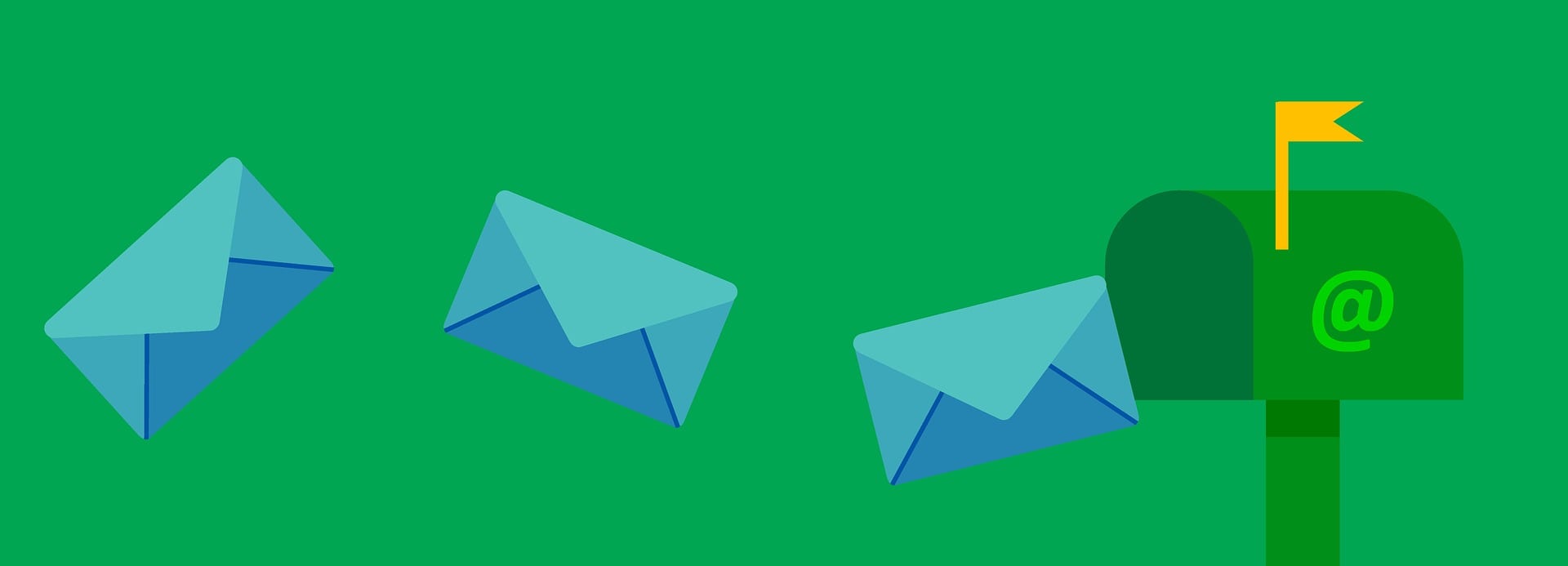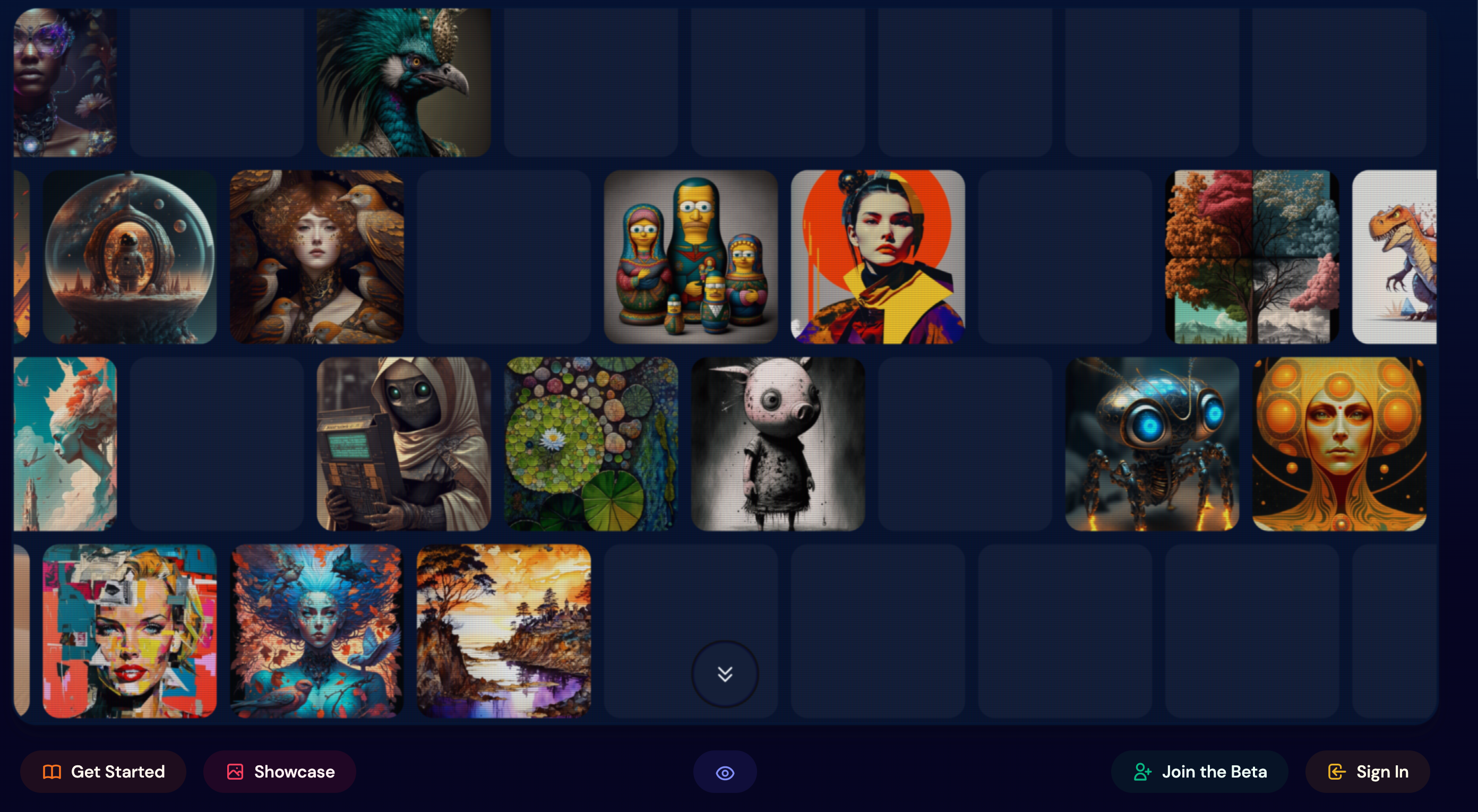Email marketing is still the best tool to attract leads, convert them to customers and increase sales.
MailChimp is one of the leading email provider. MailChimp’s researchers are constantly analyzing data to help you make the most of your marketing campaigns.
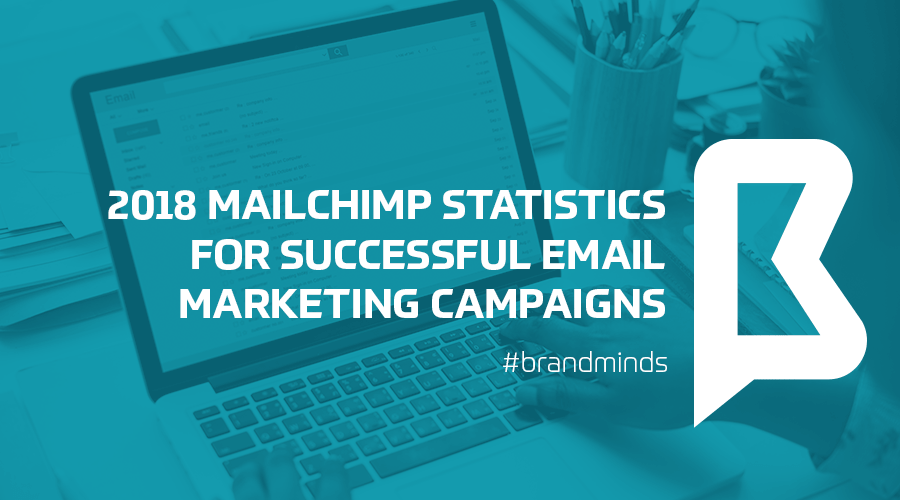
We put together a list of 2018 statistics we found in MailChimp reports.
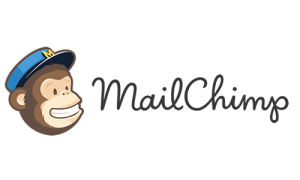
You can use this knowledge to turn your email marketing campaigns into a successful tool:
1. Smartphone subscriptions and traffic per phone will have respective annual growth rates of 15% and 25% until 2020.
2. Mobile Use has a negative impact on Email Engagement: readers click less on mobile:
- PCs, tablets, and mobile devices accounted for 64%, 9%, and 27% of email addresses;
- PCs, tablets, and mobile devices accounted for 72%, 9%, and 18% of clicks;
- Recipients who use mobile phones had unique and total click rates of 2.7% and 3.9%, worse than all other device categories.
3. Responsive design can improve engagement
Campaigns that use responsive templates have higher click rates in general, but the impact seems to be mixed at the link-depth level.
Only the first 3-5 links typically see a benefit from the use of a responsive template.
4. Segmented campaigns perform better than non-segmented campaign
By narrowing your focus and sending messages to targeted groups within your lists, your recipients will find your campaigns more relevant—and relevant campaigns get better results.
Here are the results of email marketing campaigns using lists segmentation:
Opens: 14.31% higher than non-segmented campaigns;
Unique opens: 10.64% higher than non-segmented campaigns;
Clicks: 100.95% higher than non-segmented campaigns;
Bounces: 4.65% lower than non-segmented campaigns;
Abuse Reports: 3.90% lower than non-segmented campaigns;
Unsubscribes: 9.37% lower than non-segmented campaigns.
There are many types of list segmentation and MailChimp has looked into it.
Segmentation by merge field (“customer_type,” “ZIP code,” or “job_title,” for example):
Opens: 14.06% higher than non-segmented campaigns;
Unique Opens: 9.15% higher than non-segmented campaigns;
Clicks: 54.79% higher than non-segmented campaigns;
Bounces: 0.79% higher than non-segmented campaigns;
Abuse Reports: 3.33% lower than non-segmented campaigns;
Unsubscribes: 7.19% lower than non-segmented campaigns.
Segmentation by Date Added/Signup Date:
Opens: 29.56% higher than non-segmented campaigns;
Unique Opens: 26.86% higher than non-segmented campaigns;
Clicks: 51.64% higher than non-segmented campaigns;
Bounces: 55.18% higher than non-segmented campaigns;
Abuse Reports: 29.55% higher than non-segmented campaigns;
Unsubscribes: 33.76% higher than non-segmented campaigns.
Segmentation by Interest Groups:
Opens: 9.92% higher than non-segmented campaigns;
Unique Opens: 5.54% higher than non-segmented campaigns;
Clicks: 74.53% higher than non-segmented campaigns;
Bounces: 17.61% lower than non-segmented campaigns;
Abuse Reports: 17.78% lower than non-segmented campaigns;
Unsubscribes: 25.65% lower than non-segmented campaigns.
Segmentation by Subscriber Activity:
Opens: 10.44% higher than unsegmented campaigns;
Unique Opens: 12.23% higher than unsegmented campaigns;
Clicks: 15.69% higher than unsegmented campaigns;
Bounces: 9.23% lower than unsegmented campaigns;
Abuse Reports: 10.34% higher than unsegmented campaigns;
Unsubscribes: 5.49% higher than unsegmented campaigns.
5. Subject Line Data: Choose Your Words Wisely
Personalization works
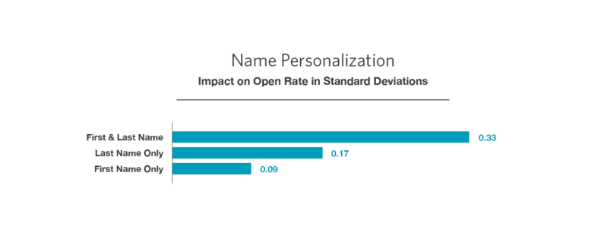
Personalization by industry
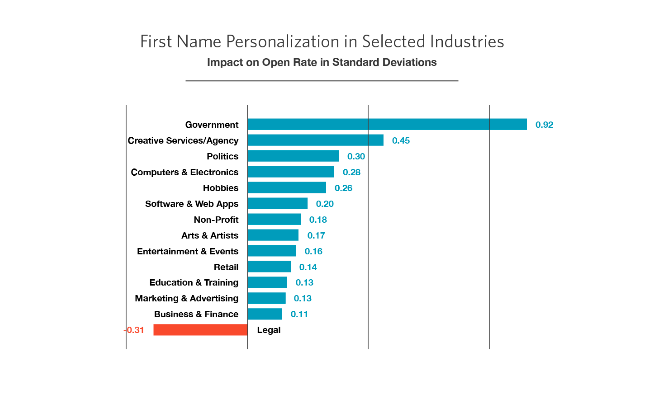
People respond to a sense of urgency or importance
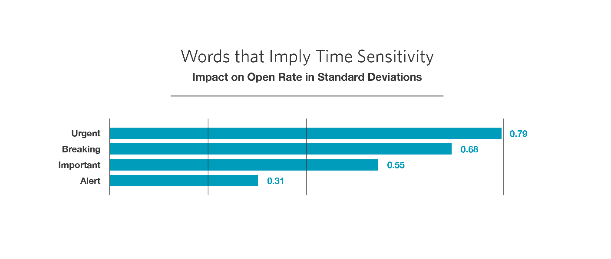
“Free” works but “Freebie” is better
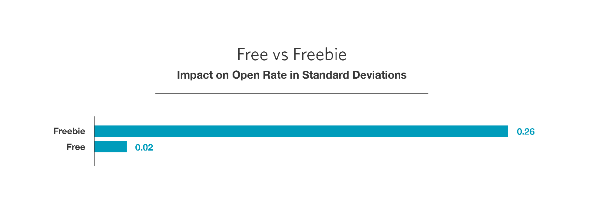
Announcements get opened
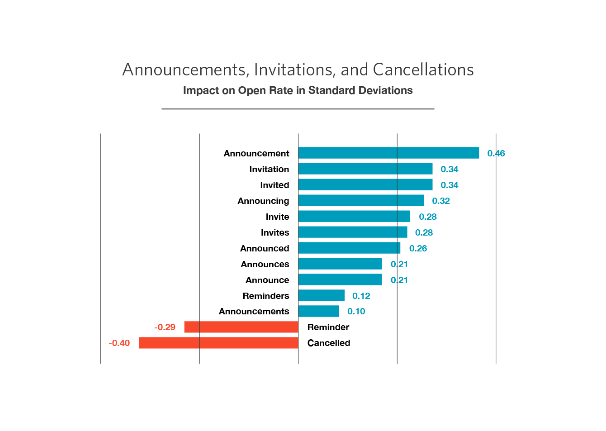
“Helping” instead of “Donate”
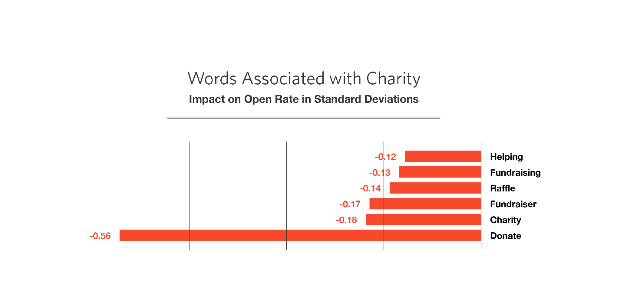
6. The average open rate for all industries is 20.81%
The most opened emails are related to hobbies, with an open rate of 27.35%;
Emails sent by government entities come in second, with a 26.52% open rate;
With a 26.03% open rate, emails about the arts and artists came in third.
7. The average click rate for all industries is 2.43%
Hobbies also have the highest click rate, which is 4.78%;
Media and publishing emails see the second highest click rate, at 4.55%;
Government comes in third, with a 3.65% click rate.
